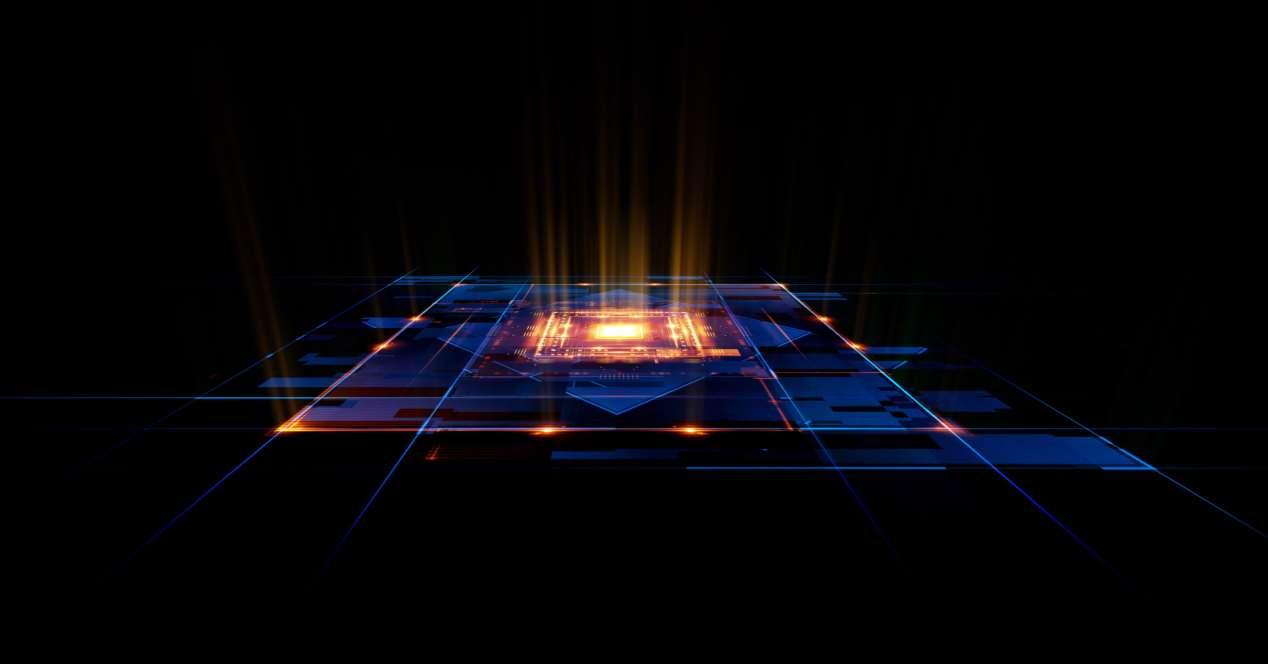There is widespread confusion regarding the heterogeneous core configurations on different processors, to the point that differentiated technologies and concepts merge. This is why in this article we will explain the differences between the different configurations in a CPU, whether for a computer, a mobile phone or a video game console. So that you learn to differentiate them without problems.
We must start from the fact that all the chips today are what are called heterogeneous processors since all their elements are not symmetrical. For example, adding a GPU or GPU to the chip already means that not all processing blocks are equal. Then we have to add the different support units and we finally have that the whole is not at all symmetrical. However, for quite some time now the concept of heterogeneous kernel configurations has been used to refer to who runs the programs and the operating system, and therefore they are general purpose and not specific.
What are the configurations of heterogeneous nuclei?
This is why we have to learn to differentiate between heterogeneous cores and a heterogeneous processor. For example, an Intel Core i9-11900K has 8 symmetrical and homogeneous cores, but it is a heterogeneous processor because it has things like an integrated graphics card. Instead, the i9-12900K features heterogeneous cores by combining P cores and E cores which are different general purpose processors.
So, with heterogeneous cores, we refer to a processor that uses different cores, but can run the same code. The difference can be motivated by two different reasons, even if one is not exclusive of the other:
- Consumption: the best known is based on the fact that the simplest kernel consumes much less when running programs. He doesn’t have the ability to work like his older brothers, but he does his job more efficiently.
- Area: They are not designed to consume little, but they take up little space and have a yield per area far superior to their counterparts. They are often designed for manufacturing processes that are either very expensive per mm² or low yield per wafer on large chips.
The first category is observed more in mobile phones and very low power devices, the second type, on the other hand, is observed in PC processors, where consumption is not a problem, but the increasing cost of wafers requires having to downsize transformers if costs are to be maintained. In other words, it serves to increase the number of cores beyond what would be normal.
No, no es BIG.little
A common mistake is to say that these setups are BIG.little, which is a trademark of ARM Holdings to refer to their now deprecated heterogeneous switched core setups, meaning they can’t use both at the same time. time and that they activate and deactivate those of one type or another depending on the workload. For a few years, ARM processors have used DynamIQ, which allows the use of both types of processors at the same time and which is a method adopted first by Intel and then by AMD in the computing world.









